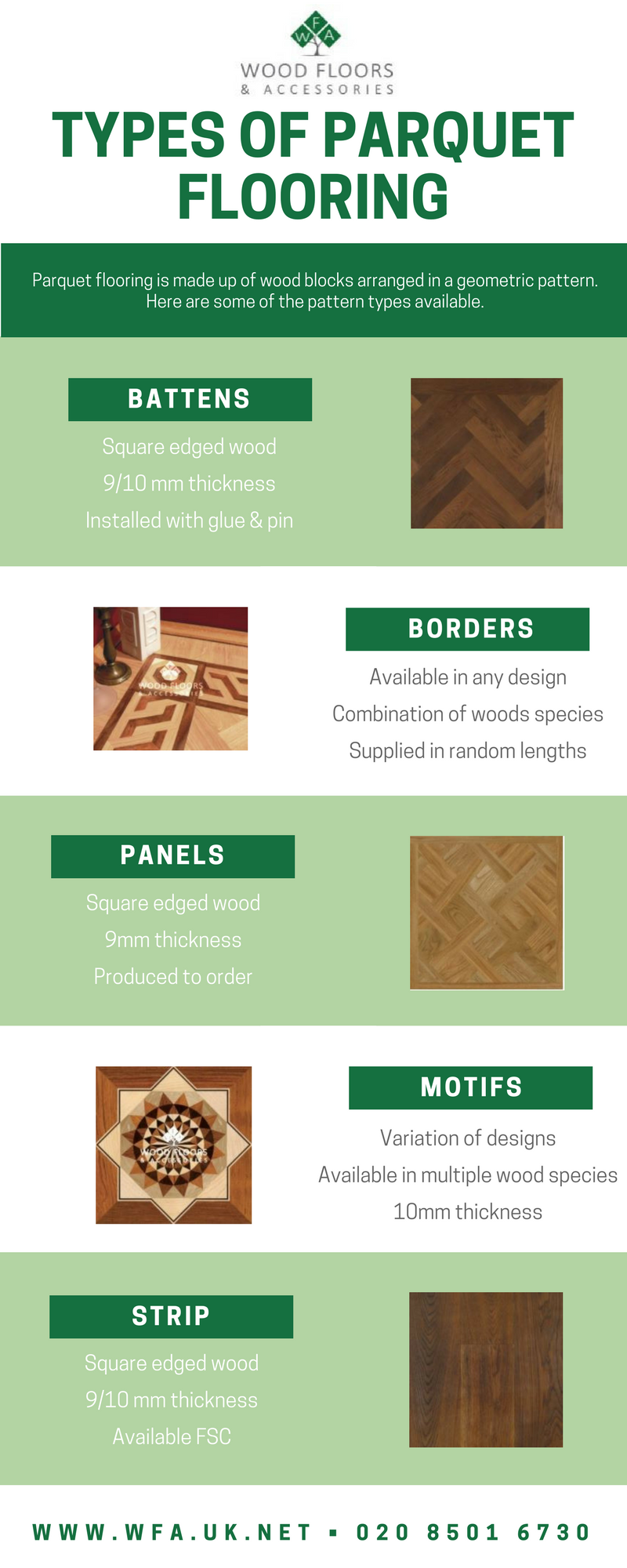Discover Essential Tips For Budgeting Your Floor Covering Project Successfully, However Beware Of Covert Expenses That Can Hinder Your Plans
Discover Essential Tips For Budgeting Your Floor Covering Project Successfully, However Beware Of Covert Expenses That Can Hinder Your Plans
Blog Article
Composed By-Elgaard Axelsen
When you're preparing a flooring task, budgeting isn't practically picking a number; it has to do with recognizing what you absolutely need and the costs included. You'll want to examine your details demands, research different products, and expect unexpected costs. Think of just how elements like room function and installation techniques can impact your budget plan. But before you jump in, there are some vital details you may ignore that might significantly influence your overall prices. Allow's check out just how to navigate these complexities and guarantee your job remains on track.
Assessing Your Floor Covering Needs
Prior to diving into your floor covering job, it's critical to analyze your floor covering needs. Beginning by considering the particular areas where you intend to set up new floor covering. Think about the purpose of each room. For instance, bathroom and kitchens require waterproof products, while living locations could benefit from convenience and aesthetics.
Next, examine the existing conditions of your floors. Are there any type of structural issues, such as uneven surface areas or dampness problems? Attending to these problems at an early stage can conserve you time and money down the line.
Likewise, make note of the dimensions of each space to identify how much floor covering you'll require.
Don't forget to consider your way of living. If you have pet dogs or young children, sturdiness might be your top priority, while an extra official room might ask for an extravagant finish. Additionally, think of your design choices. Do you like a classic appearance, or are you attracted to modern-day designs?
Lastly, be practical concerning just how much maintenance you agree to devote to. Some materials require even more maintenance than others. By understanding your needs plainly, you'll be better outfitted to make informed selections as you progress with your floor covering job.
Estimating Expenses and Materials
Estimating prices and products is a critical step in your floor covering task that can significantly affect your general budget. Beginning by gauging your space accurately to figure out just how much flooring you'll require. For many products, you'll find pricing by square foot, so accumulate quotes from different providers to get a reasonable number.
Next, think about the kind of flooring you desire. Alternatives like wood, laminate, floor tile, or carpet all come with various rate factors. Study the costs for each and factor in any additional products like underlayment, glue, or shift strips.
Do not fail to remember to consist of Web Site if you're planning a do it yourself installation, as renting or purchasing equipment can include in your expenses.
Labor prices are another vital consideration. If you're employing specialists, get price quotes from numerous service providers to guarantee you're getting a fair rate. Be clear concerning the scope of job to avoid unanticipated fees later.
Lastly, it's important to reserve a small percentage of your budget for any kind of unexpected expenses connected to materials. By thoroughly approximating your costs and products ahead of time, you'll set on your own up for a smoother and extra workable floor covering job.
Planning for Hidden Expenses
Lots of home owners overlook the concealed expenses that can occur throughout a flooring job, which can cause budget overruns. To avoid this, you need to prepare for prospective extra costs.
First, take into consideration the condition of your existing subfloor. If it's damaged or irregular, you'll likely require repair services or progressing, which can include dramatically to your overall expense.
Next, consider elimination and disposal costs for your old floor covering. Many contractors charge added for this solution, so element that right into your spending plan.
Furthermore, don't ignore the costs of underlayment, which might not be included in the preliminary quote but are necessary for a successful installment.
You must additionally get ready for unexpected problems, such as pipes or electrical work if your floor covering project entails moving fixtures. It's smart to reserve at least 10-15% of your complete budget for these unexpected expenses.
Lastly, bear in mind that licenses might be required for sure setups. Always check your input here to stay clear of penalties or hold-ups.
Final thought
In conclusion, budgeting for your floor covering task is essential for a successful end result. By assessing your demands, estimating prices, and preparation for surprise costs, you'll avoid surprises and stay on track. Remember to allot a part of your budget for unexpected expenses and keep a comprehensive break down of your expenses. With careful preparation and consideration, you'll produce a lovely area that fulfills your needs without breaking the financial institution. Happy flooring!
